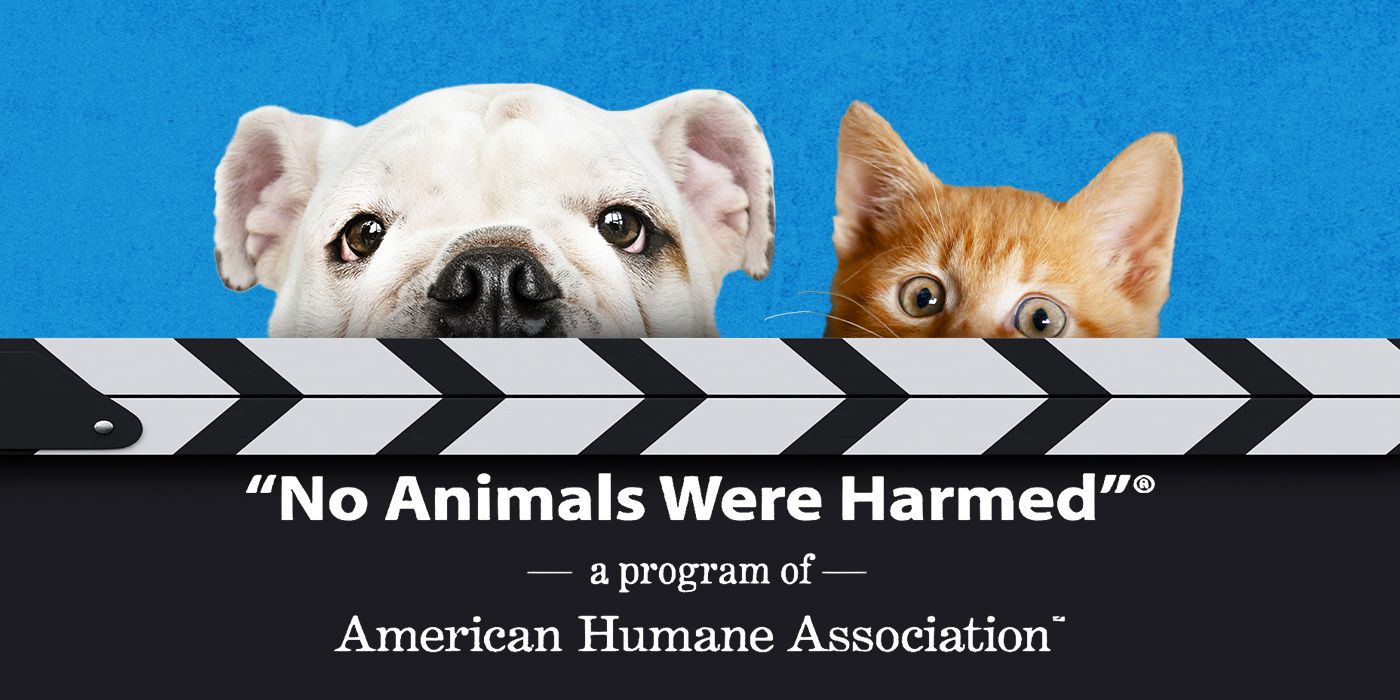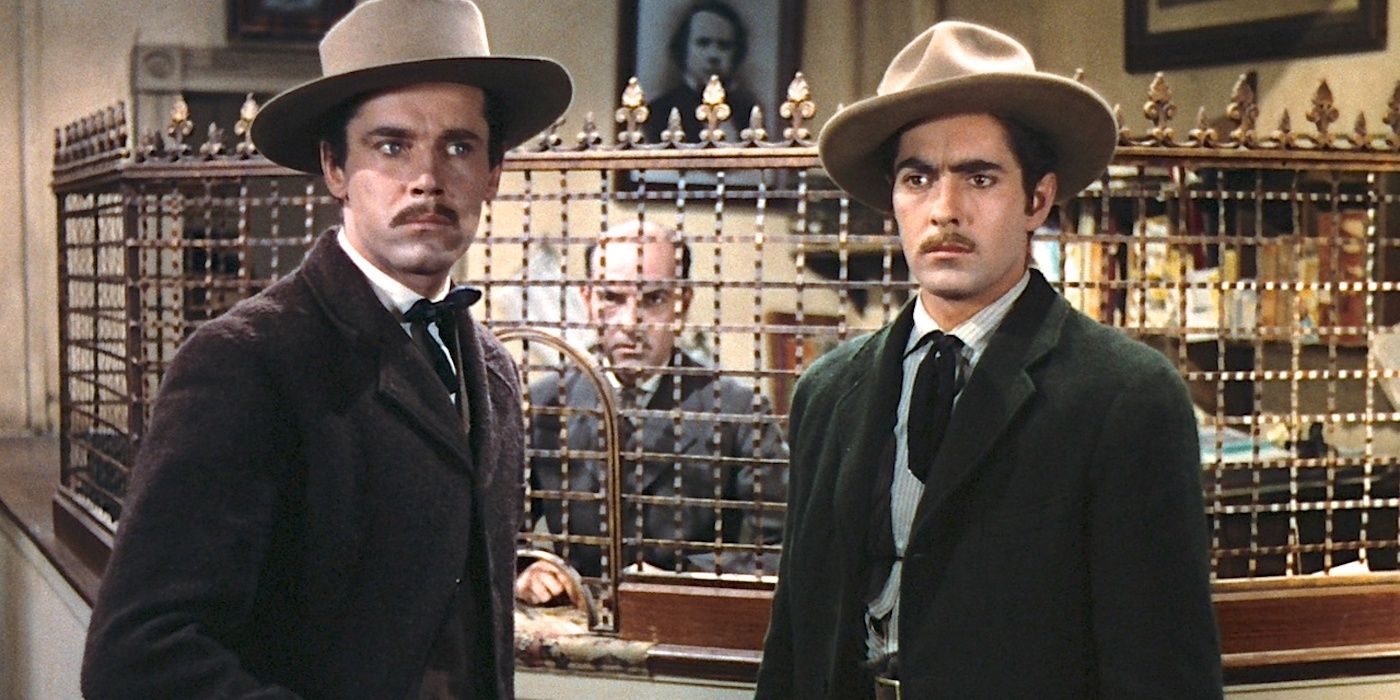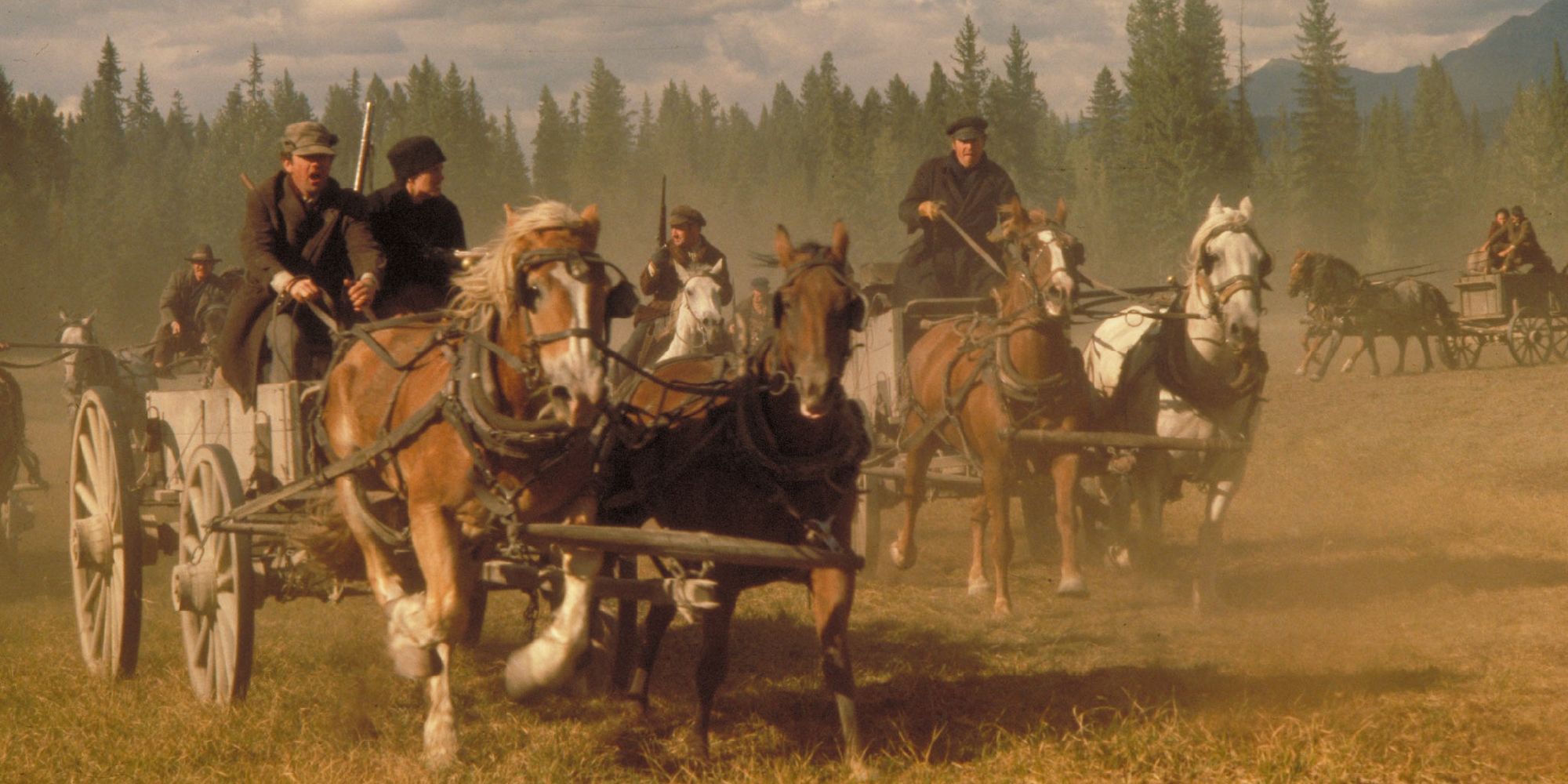Trigger Warning: The following contains graphic details regarding animal abuse.Those who stick through to the end of the closing credits on any film or television production that involves the use of animals have invariably seen the "No Animals Were Harmed" disclaimer. Its purpose is simple, an assurance that regardless of whatever appears to have happened over the course of the film to any creature did not result in that animal coming to any harm. This means that despite Cosmo (Maria Bakalova) being wildly distraught over being called a "bad dog" by Kraglin (Sean Gunn), Slate, the dog actor, was not harmed during the filming of Guardians of the Galaxy Vol.3. The disclaimer has been a part of the end credits for some time now, not only as a declaration that the animals were handled safely but those that interact with them - trainers, actors, etc. - were safe as well. But the disclaimer hasn't always been present, and the history of animal abuse on movie and TV production sets prior to its implementation is littered with horror stories.
In the early days of the movie industry, live animals played a prominent role in feature-length films. 1905 saw film's first hero dog in Rescued by Rover, while the famed Rin Tin Tin made his silver screen debut in 1924. Given just how new filmmaking was in those days, it wasn't unheard of for untrained stuntmen to be working with untrained animals, trying to pioneer and develop a working standard for the industry going forward. In 1925, American Humane started hearing allegations of cruelty against movie animals. This prompted the group to establish a committee with the purpose of investigating these claims in the interest of the voiceless animals. The Hays Code, introduced in 1930 as a set of rules to clean up (read "censor") Hollywood, had in its framework a set of directives calling for the humane treatment of animals in film. However, American Humane came to realize that the directives were not being adhered to, which put the idea of a program to oversee productions in California into play in 1937, but the plan never came into being.
'Jesse James' Takes Animal Abuse Too Far
Horses were the go-to for the movie industry, and early filmmakers were only too happy to put horses into increasingly dangerous situations to impact the action and dramatic effect of a scene. It became such an abhorrent practice that A-list celebrities like Errol Flynn took filmmakers to task publicly for putting both horses and riders in danger. But nothing really changed until a horrific incident during the filming of 1939's Jesse James, in a scene that took things way too far. The scene features James, played by legendary actor Tyrone Power, being pursued by a posse on horseback. James takes his horse and makes a daring leap across a cliff to elude his pursuers. In order for the scene to be shot, the horse had to be blindfolded. The stunt man tasked with the scene then raced the horse onto a sloping greased platform, which was set up to tilt at the right time in order to send both horse and rider to the water 70 feet below. The stuntman survived. The horse did as well, but only briefly. The fall terrorized the horse, causing it to thrash wildly about with its spine broken, eventually drowning to death in the waters.
The nauseating details of the act prompted American Humane to lead a massive protest against the film. It also pushed the group to open an office in Hollywood in order to become a more visible presence advocating for the safety of animal actors. An agreement with the MPPDA, the group that enforced adherence to the Hays Code, in 1940 forced filmmakers to consult with the American Humane Association on any films using animals, and allow representatives of the association to be present on set to supervise the handling of animals. Unfortunately, the disbanding of the Hays Office by the U.S. Supreme Court in 1966 meant that American Humane no longer had the backing of a government agency. As a result, while the association could oversee productions, they lacked any authority and were often banned from being on set at all. Unsurprisingly, this led to an uprise in incidents of abuse, injury, and deaths for animals in film.
'The Doberman Gang' Gets Credit, 'Heaven's Gate' Gets Crushed
Despite the obstacles, American Humane still maintained a presence in Hollywood, and in 1972 the very first use of the 'No Animals Were Harmed' end credits disclaimer appeared in The Doberman Gang, a film about an animal trainer who trains a six-pack of Doberman Pinschers to commit a bank robbery. Without the authority behind it, the presence of the disclaimer held little actual power, but that would change drastically with the animal abuse associated with the 1980 film Heaven's Gate, a film that had barred the American Humane Association from being on set. The list of sins associated with the production is enough to break the hardest of hearts: an actual cockfight, tripping horses, a horse blown up with a rider on its back, decapitated chickens, and steer purposely bled so that their blood could be used to smear on the actors instead of fake blood, and more. One horse owner sued the film over depriving her Arabian gelding proper care, causing the animal severe physical and behavioral trauma and disfigurement. Like Jesse James before, the deplorable treatment prompted the AHA into action, pushing for a boycott of the film after releasing explicit details of the animal cruelty in an international press release. The controversy surrounding Heaven's Gate finally gave the AHA its authority back, with the Screen Actors Guild and the Alliance of Motion Picture & Television Producers contractually authorizing the animal rights group oversight of animals in filmed media, domestic and internationally.
The story should end there, with the safety of animals on set not just a priority but a mandatory practice, and the disclaimer during the end credits a de facto confirmation that the American Humane Association had its eye on every piece of fur, every feather, and every scale on screen. Unfortunately, that is not the case, as multiple reports over the years have claimed that the AHA disclaimer means very little if it means much at all. A report from 2013 details a list of animal abuses on films that were still given the AHA disclaimer regardless. A Bengal tiger nearly drowned on the set of Life of Pi. Three thoroughbreds died during the filming of HBO's Luck. A Husky dog was punched repeatedly by its trainer on the set of Eight Below. During the filming of Failure to Launch, an animal trainer dropped a chipmunk and stepped on it, leading to its death. The epic The Hobbit: An Unexpected Journey saw two dozen animals die from exhaustion and dehydration, mostly sheep and goats, while 14 horses were injured on the set of The Chronicles of Narnia: Prince Caspian. The AHA's rationale behind the decisions to allow the disclaimer are questionable, at best, including downplaying injury, claiming deaths were "not work-related", were unintentional, or were deemed necessary.
The "No Animals Were Harmed" disclaimer is not foolproof, that much is certain. Its existence isn't even as definitive as it should be. But there is no denying that over the history of the American Humane Association's relationship with the entertainment industry, it has passionately sought to make things better for animal actors. And the absence of large-scale horrors on a Heaven's Gate level would suggest that they have succeeded far more often than not.



